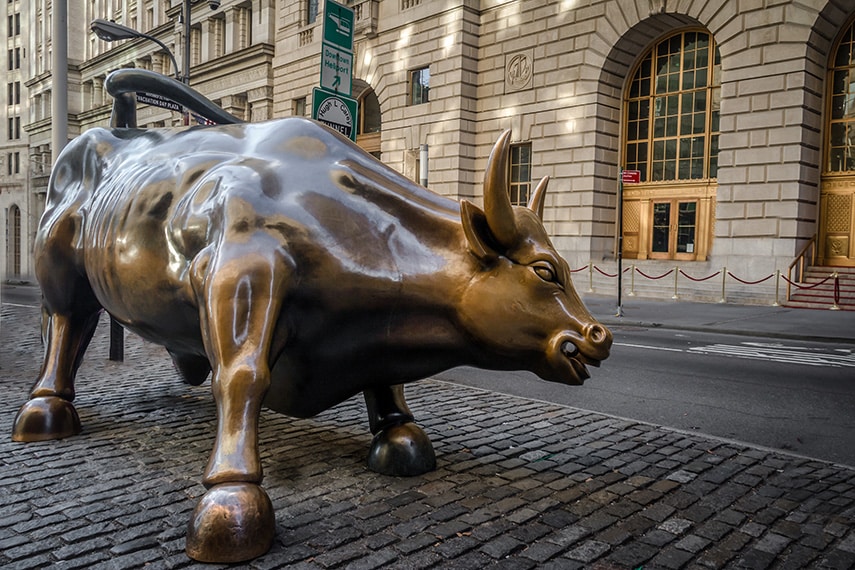6 Indicators of a Potential Recession
It seems that in the media today there are more and more mentions of the dreaded R-word: recession With growing economic uncertainty, the threat of potential recession seems to be growing as...
Economy

If you’ve been watching stock markets recently, you’ll know that the Dow Jones Industrial Average just recently topped 22,000 points for the first time. It’s a pretty amazing run that the Dow has taken over the past year and a half, and anyone whose stock investments have kept up that pace has probably made a killing on paper. But if you’re heavily invested in stocks, now might be the time to think about whether this rally will last. Stock markets are very likely overheated, and those who stay in too long could get burned.
The Dow started 2016 at just over 17,400 points but quickly dropped, dipping under 16,000 by February. Since that time the Dow has gained over 6,000 points, an increase of 40% in just 18 months. The S&P 500 has seen similar gains, increasing nearly 35% in that same time frame. That’s phenomenal performance by any standard, but it’s ultimately not sustainable.
Why are stock indexes performing so well? The economy itself isn’t doing so hot. GDP figures aren’t that great, indicating that the economy really isn’t producing too much. Unemployment numbers are low, but they still discount all the people who gave up looking for work because they couldn’t find jobs that paid as well as the ones they lost during the financial crisis. Despite a supposedly “strong” labor market, wage growth has been weak.
The gains in the stock market don’t correlate to gains in productivity or in the strength of the economy. At this point, the only viable explanation is that stock markets are in the midst of yet another mania. The initial fuel for the fire was loose monetary policy initiated by the Federal Reserve in the aftermath of the financial crisis. All those trillions of dollars of new money created had to find there way somewhere, and stock markets were it. That’s why stock valuations have increased so much quicker than economic productivity.
But now that the Dow has hit 20,000, then 21,000, and now 22,000, there is renewed enthusiasm among investors who are sure that 30,000 is not too far away. In all likelihood, they will be incredibly disappointed. We saw this same frenzy in the late 1990s and the mid-2000s, with bullish pundits predicting stratospheric stock gains. Of course we all know that those never materialized.
Just like those previous stock market bubbles, the euphoria surrounding these new highs has blinded people to the fact that what goes up must come down. It’s not a question of if but when. The Fed has already indicated that it will try to start tightening its monetary policy later this year. Once the Fed’s balance sheet begins to get drawn down, that will start slowly sucking money out of financial markets.
Then the question becomes whether the inevitable burst of the stock market bubble will take place as a long and steady drop or a sudden and severe panic. In either case, investors who stay invested in stocks too long stand to lose their shirts. The time to start diversifying your portfolio into precious metals like gold and silver to protect your wealth is right now, before the crash occurs. If the crash becomes when you’re not prepared, you could lose years or decades worth of savings in no time at all.

